Supra, Defender, Bronco: Automakers tap into nostalgia to boost sales
"Nostalgia never goes out of style," one insider said.
Welcome back to the 1990s.
It was the decade auto enthusiasts said goodbye to their cult favorites: the Supra, Bronco and Defender.
How times have changed.
Toyota revived the Supra, its celebrated sports car, last year and Ford's Bronco 4x4 and Land Rover's Defender will be back in dealerships before the end of the year.
"Nostalgia never goes out of style," Stephanie Brinley, a longtime auto analyst at IHS Markit, told ABC News.
Taking advantage of a vehicle's name recognition with consumers "is really easy for automakers ... the risk, though, is that the name has to be remembered fondly," she said.
The fourth-generation Supra, with its now iconic design features like projector headlamps and large rear spoiler, was pulled from the U.S. market in 1998 though it lived on in Japan until 2002. It was Toyota CEO and President Akio Toyoda who decided in 2012 to bring back the six-cylinder sports coupe. Japan's No. 1 automaker lacked a halo car in its lineup of reliable sport-utility vehicles and sedans.
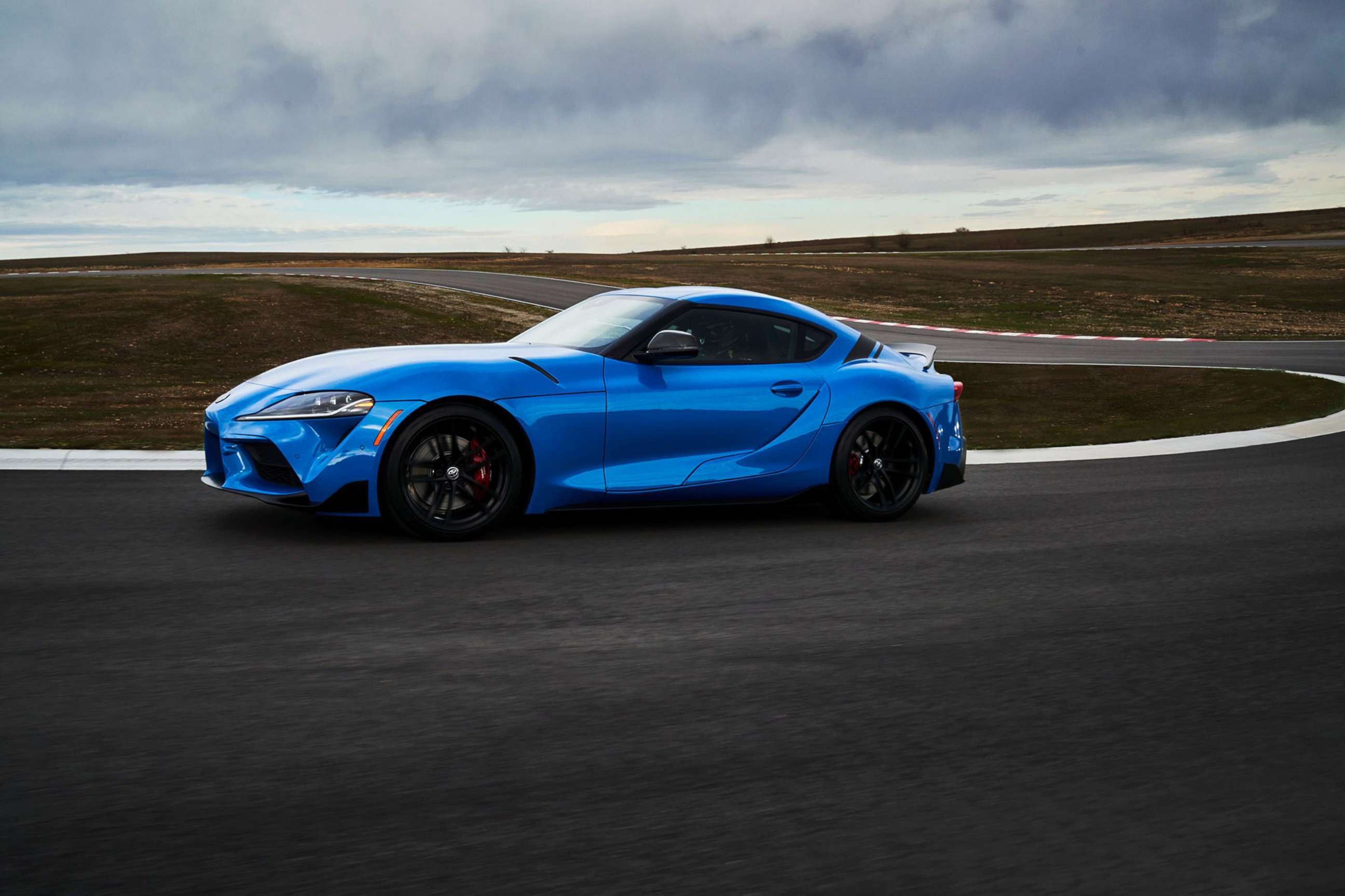
"The legend of Supra has grown since we discontinued it," Ben Haushalter, a senior manager of product planning and strategy at Toyota, told ABC News. "Supra was an obvious choice as the next vehicle to bring back. People have been awaiting its return."
The sports car's fabled status intensified when Paul Walker's character in 2001's "The Fast and the Furious" film raced in a 1993 five-speed manual transmission Supra. Gear heads in the U.S. sought out Japanese cars from the 1990s and as the "tuner scene" took off, so did demand for older Supras.
"There's a whole generation in their 30s who grew up seeing these cars in video games and in pop culture," according to Eric Minoff, senior specialist and head of sale at Bonhams auction house.
Toyota sold 2,900 2020 GR Supras last year. For the 2021 model, Toyota boosted the horsepower on the inline six-cylinder turbocharged engine from 335 to 382 and added a 2.0-liter turbo-four option. There's also a limited-edition Supra A91 Edition that's capped to 1,000 units. More than 70% of Supra buyers are new to the brand, noted Haushalter.
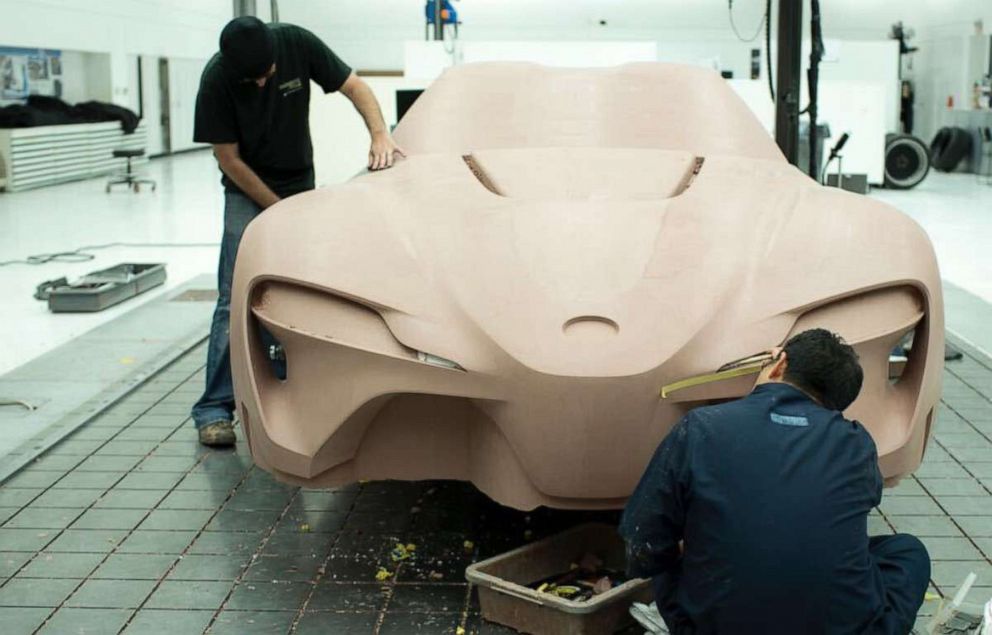
"There's a vocal and passionate group of enthusiasts out there who are buying these cars," he said. "Our target buyer is someone who owned previous generations from the 1980s and 1990s or who grew up with the legend, but never had an opportunity to purchase one new."
He added, "This will never be a volume-high car -- it's purposely niche."
Brinley said Toyota has been realistic about its reentry into the sports car market.
"The expectation's different," she said. "People's reaction to sports cars have changed. Sports cars don't sell in high volumes as they used to, [but] Toyota believed there would be demand."
Halo cars also raise the image of a brand, she pointed out.
"You can still find a connection to what the company is capable of doing even if you have a Camry or another Toyota," Brinley noted. "A halo car demonstrates what you can do from an engineering and tech point of view. It inspires passion and enthusiasm."
The recent trend of resurrecting discontinued nameplates from popular eras has largely worked, Minoff said, citing GM's Camaro, FCA's Charger and Challenger and Porsche's 718 sports cars. Volkswagen reincarnated French hypercar maker Bugatti in the 1980s with the Veyron.
"People really think Bugatti is a recent brand," said Minoff, "but from the 1950s to late 1980s Bugatti did not build a car that was called 'Bugatti.' Folks have very short memories."
Even Ferrari dipped into its automotive archive with the Monza SP1 and SP2, limited-edition, special-series cars that evoke the Italian automaker's barchettas from the 1950s. The retro speedsters are built with 12 cylinders and draw inspiration from the romanticized 750 and 860 Monza racers.
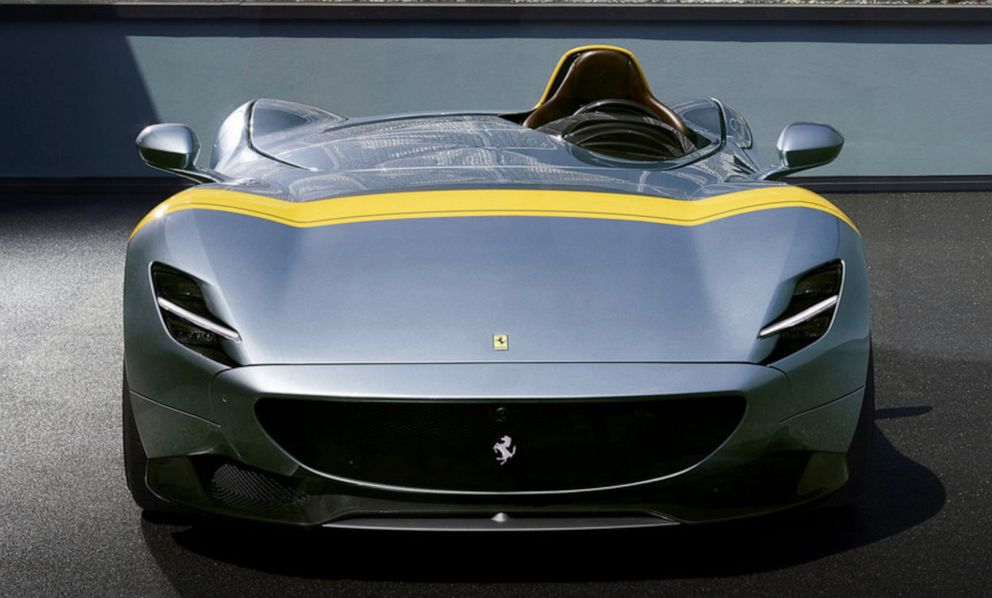
"There is a linear track between the originals in terms of design and the current Monzas of today," Minoff said. "Ferrari Monza -- that name resonates."
He added, "Brands have value and power. Why reinvent the wheel?"
The Acura NSX mid-engine coupe, which is built in Ohio, had its ballyhooed return to the supercar realm in 2016 after an 11-year absence. Auto journalists waxed on about its performance and refinement and Acura invested years perfecting the revamped NSX so it would live up to the hype of its predecessor. NSX sales totaled 238 in 2019, a 40% increase from 2018 though down from the 269 units Acura sold in the first year of production.
Brinley argued the NSX could have been more successful if it had not taken so long to come to market.
"It challenged what a sports car could be in terms of technology," she said, "but between vision and execution, it wasn't the only hybrid car around. It had a long gestation period and lost momentum in the process. And it's notably more expensive than the original."
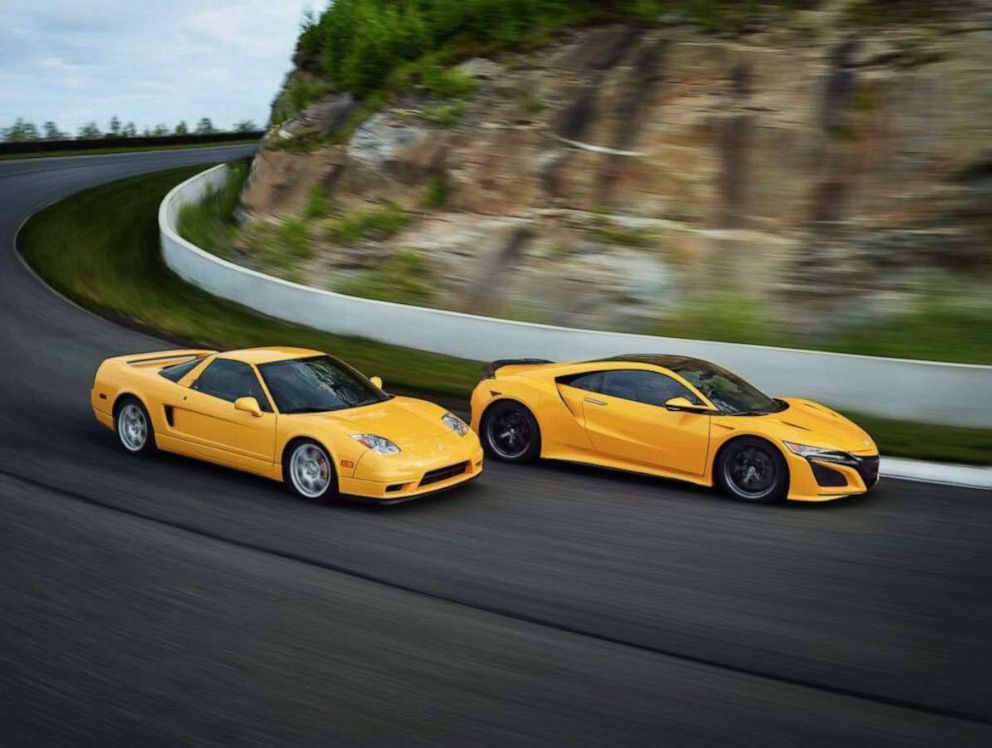
Mercedes-Benz decided to bring back Maybach, a high-end German marque that was founded in 1909, as a standalone brand in the late 1990s to compete with Bentley and Rolls-Royce.
Sales of the Maybach 57 and 62, two sedans based on the Mercedes-Benz S-Class, floundered and Mercedes folded the brand in 2012 only to resurrect it two years later as Mercedes-Maybach, a "subbrand" specializing in ultra luxury.
"Maybach was a beautifully designed car that didn't work out and it didn't sell as well as hoped," Minoff said. "It had disappeared for 60 years. I don't think the name resonated with a lot of consumers."
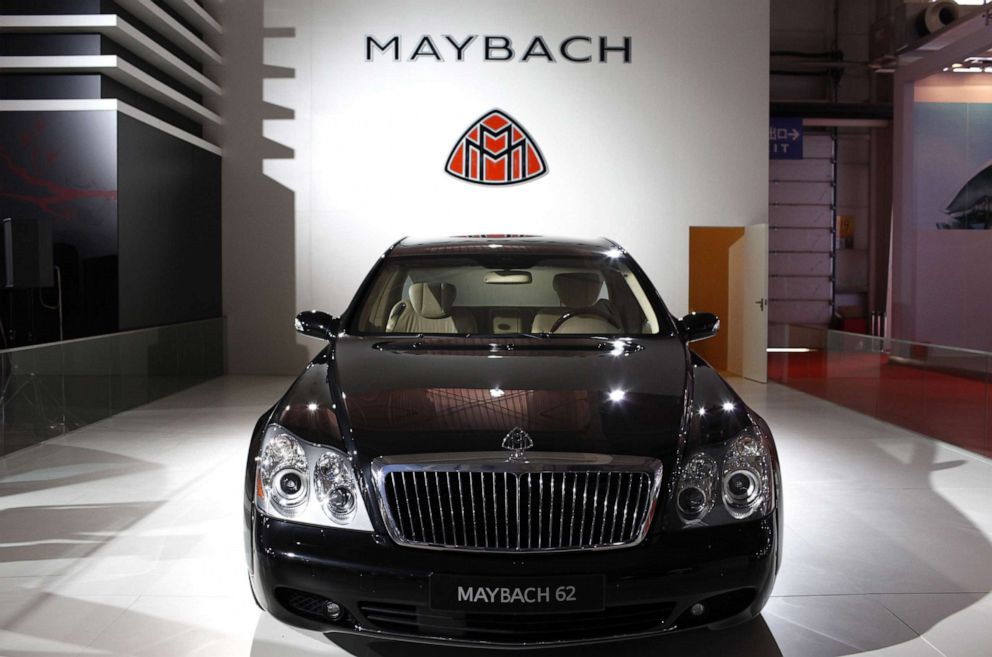
Ford has high hopes for its upcoming Bronco 4x4 SUV, which officially debuts in July. Production of the serious off-roader ended in 1996 and Ford likely revived the Bronco to capitalize on Americans' love affair with utes, according to Brinley.
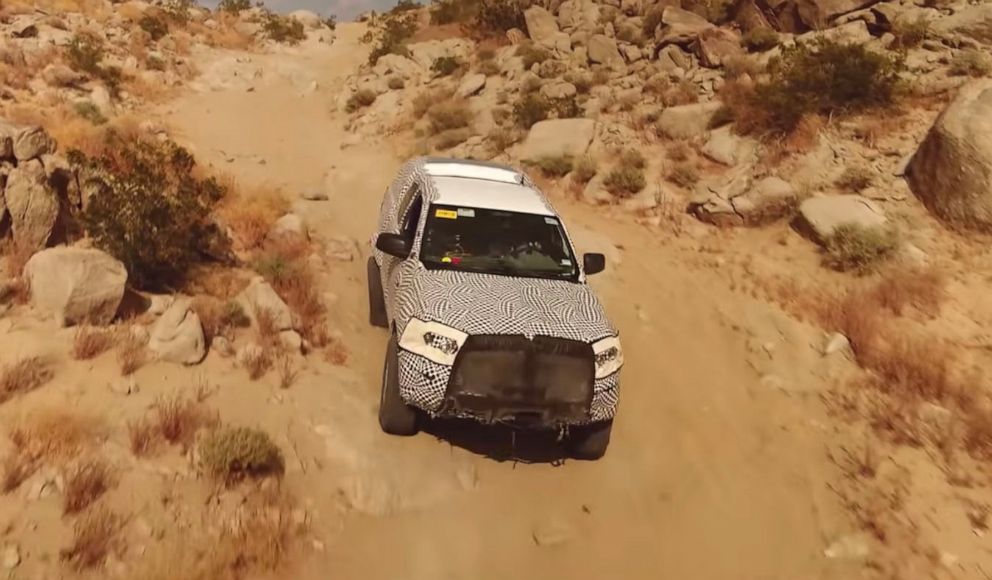
And GM's move to recast its gas-guzzling Hummer SUV as a zero-emissions vehicle may be the smartest move yet by an automaker, she pointed out.
"Hummer is a great example of reinventing what that brand even means," she said. "You don't want to be a carbon copy of what you were before. You change it to fit the modern world."
The discussion at Land Rover to build a present-day, rugged Defender went on for more than eight years.
"It's been a long process to bring it to where it is now," Rob Filipovic, director of product planning at Jaguar Land Rover North America, told ABC News. "There was such a high level of expectations. We had to fully modernize the Defender and be respectful of its history."
The 2020 Defender, the first to be offered in the U.S. in 23 years, was designed to appeal to a broader group of motorists, families included.
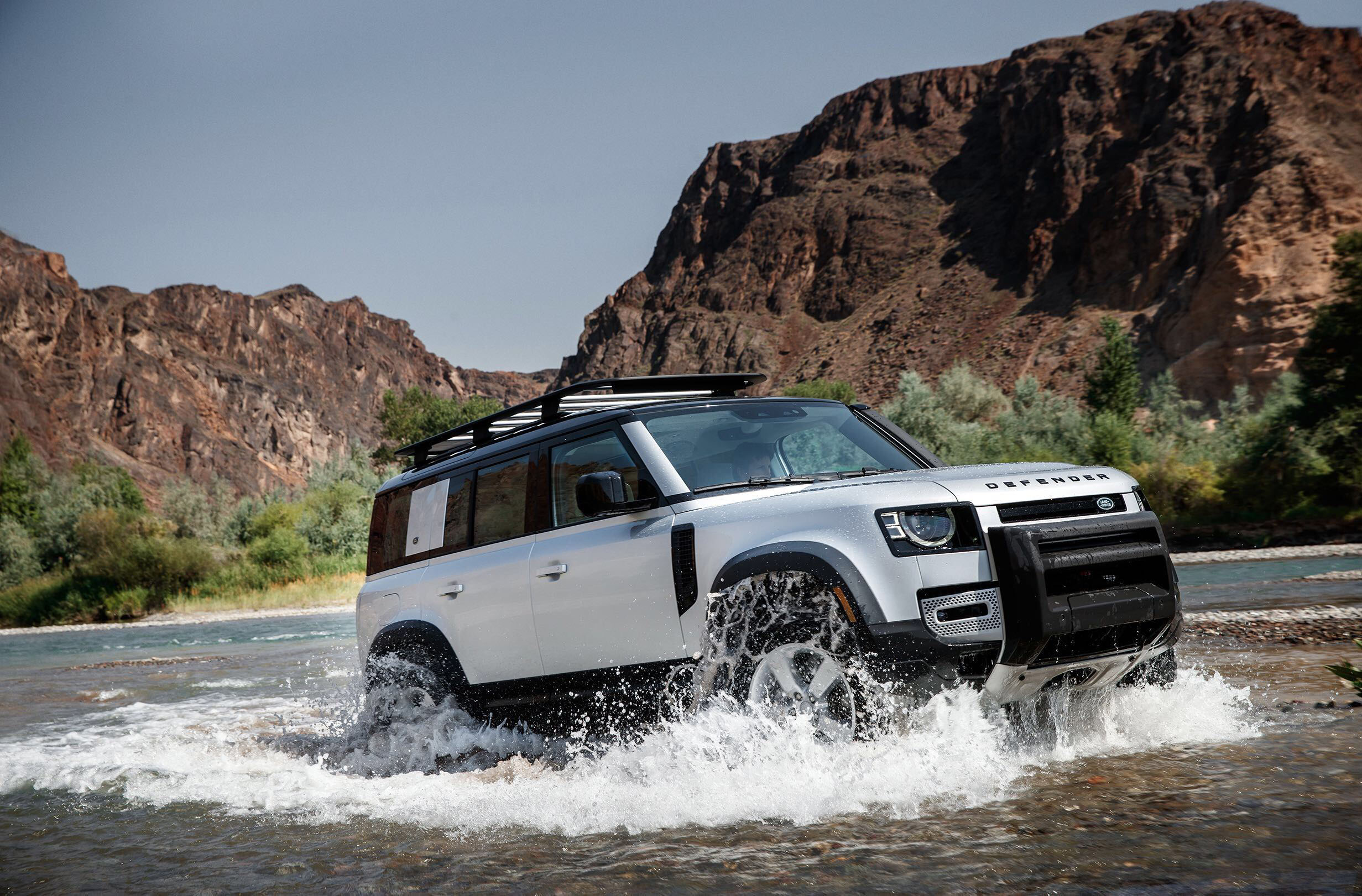
"The last generation had very little in terms of digital competency," Filipovic said. "This Defender introduces a number of features for the first time for the brand -- a new infotainment system, new interface, 360-degree aerial views. We're trying to make it relevant to more people."
He went on, "It stands out from the vanilla SUVs. We just can't wait for people to get their hands on it."
Of course the challenge for Land Rover, Ford, Toyota and GM is reintroducing these new products in a down market. Brinley forecasts U.S. light vehicle sales of 12.7 million this year.
"Market dynamics could have a big impact on success," said Brinley. "It will be difficult to look at these vehicles and say if the sales are good or bad -- the context has just changed so much."
And, she added, "If a vehicle doesn't work, it ends up being about the product, not the name."




